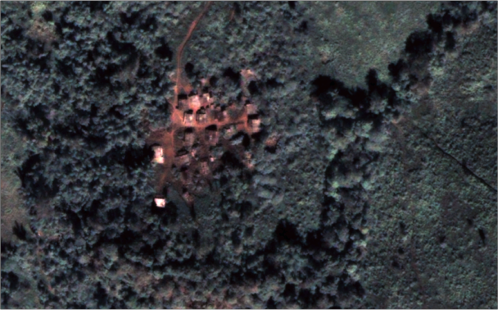Minds were blown this Saturday at MEIC‘s AR Bootcamp.
Augmented reality ties in a lot of fields, from computer shape and motion recognition and tracking, to platform and interoperability issues, to ethics and privacy issues, and the attendees spanned the same range. Attendees ranged from complete n00bs like me to AR godfather and cyborg Steve Mann.
The above image is my immediate reaction to the assumption that AR markers are ugly. Like barcodes and QR codes, AR markers can have a certain tech chic about them. Imagine a suit that you could infinitely change, or use to display information.
I took a lot of notes from the event, mostly in the form of doodles and ideas. I’ll be synthesizing them in the next few posts. The following is a taste of what’s to come.
AR + Tattoos
The success or failure of a new standard or medium is determined by its acceptance by the porn industry. With the mainstream adult entertainment industry struggling, adoption of AR could be a brand new way of attracting viewers again.
This would be a wearable marker. (it says PRAN which would be the chan/l337 version of pARn)








